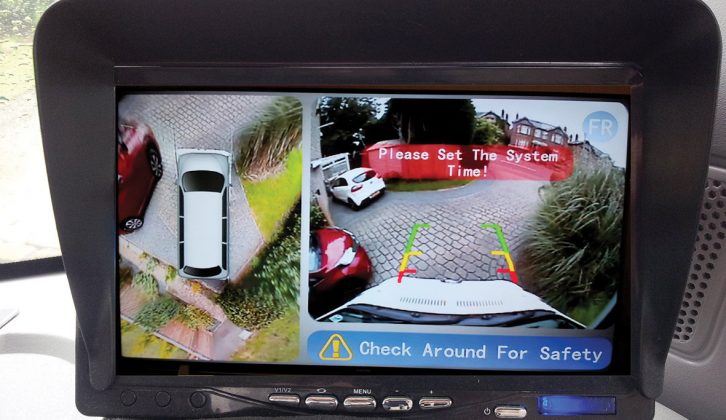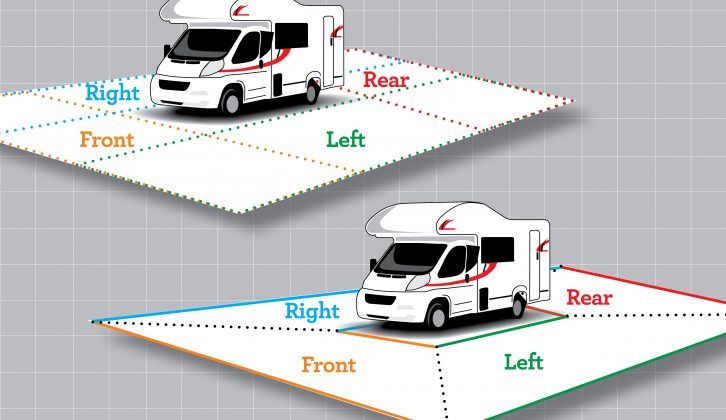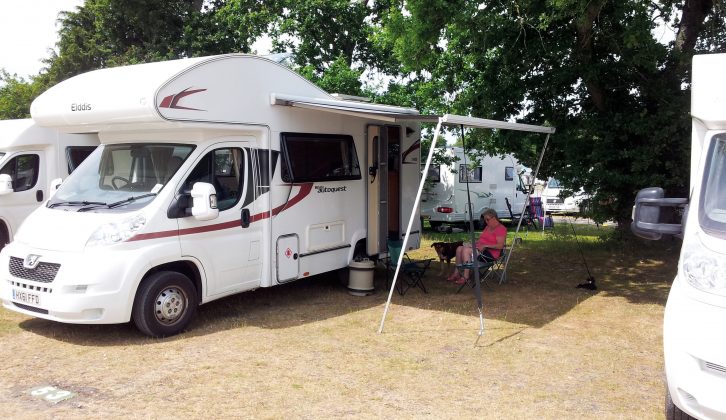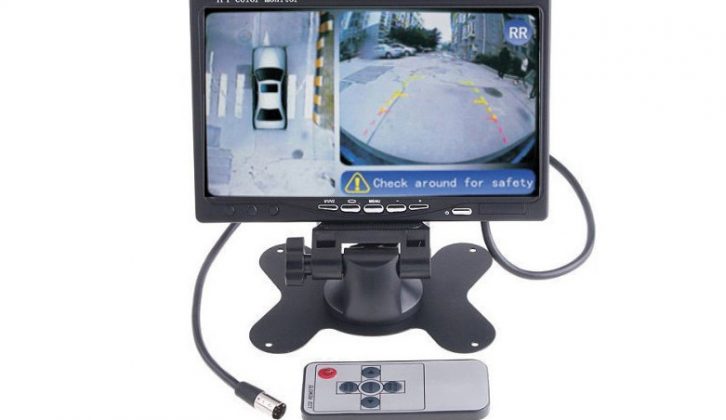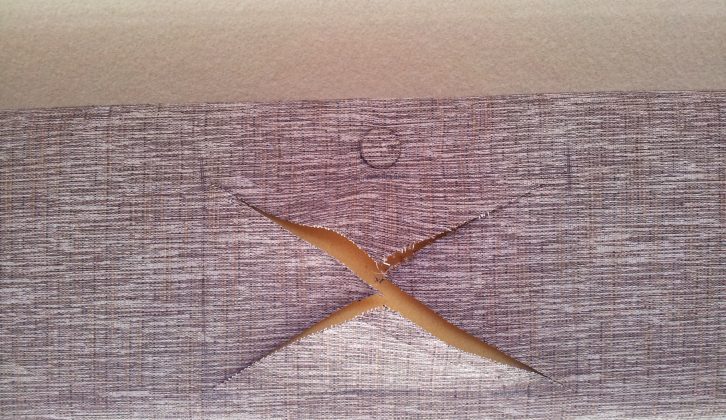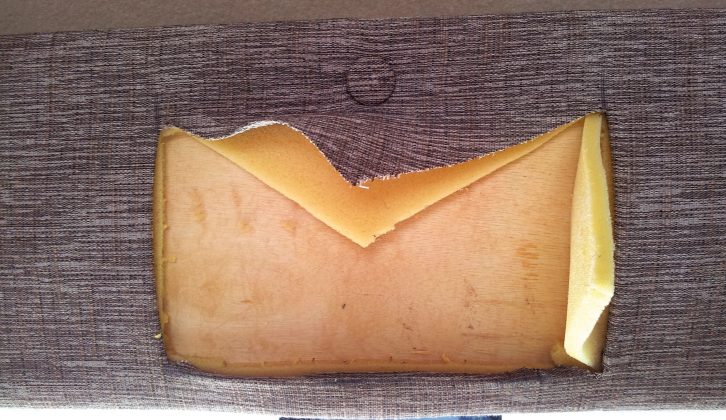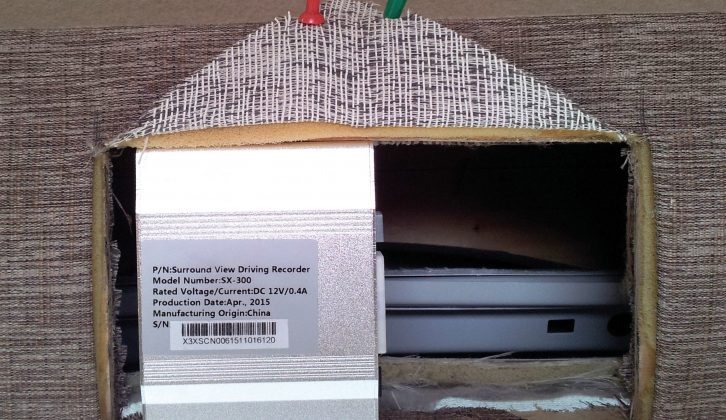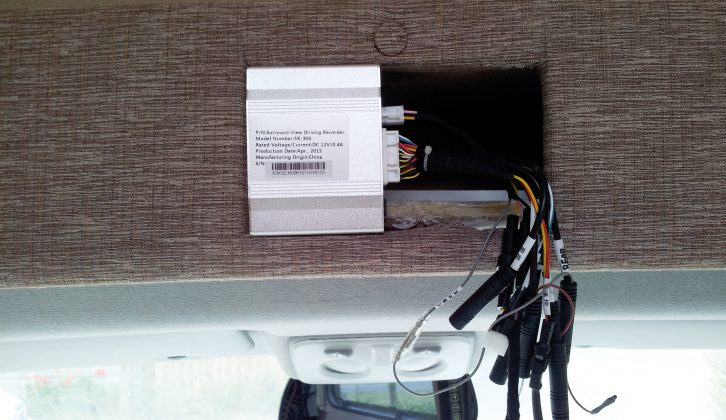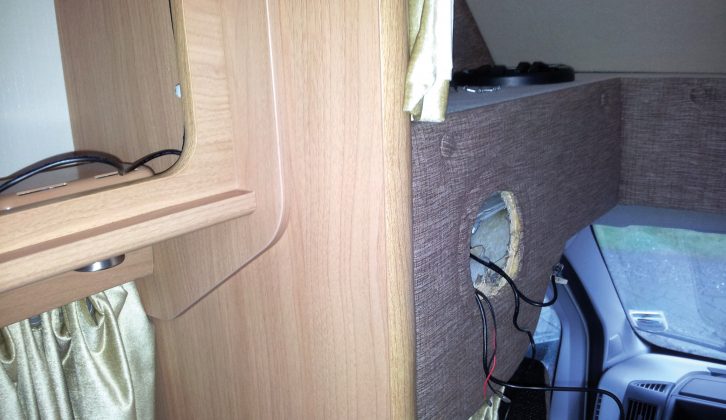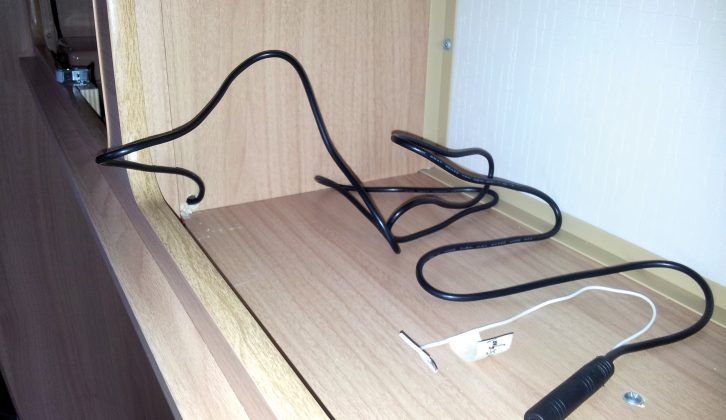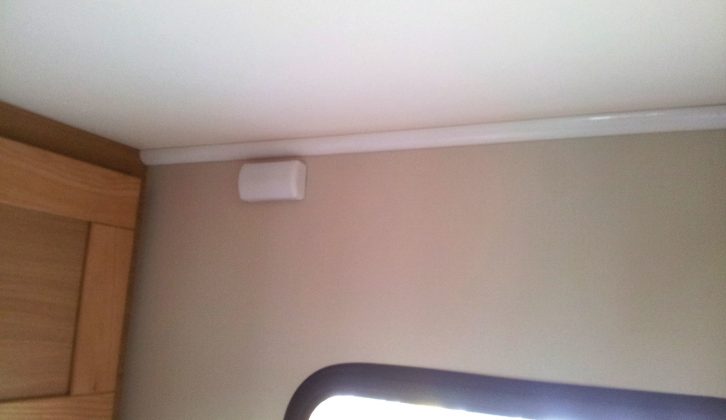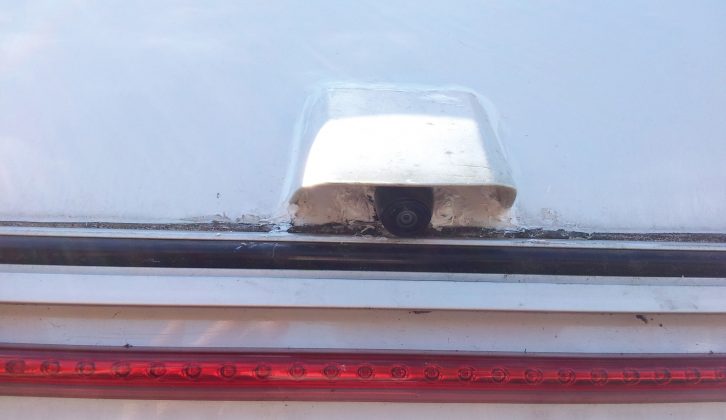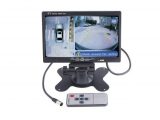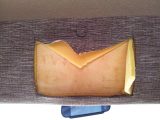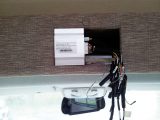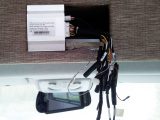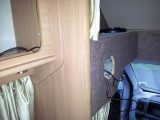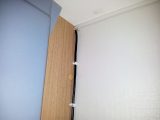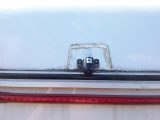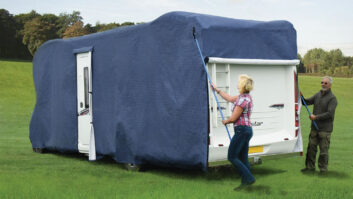Reversing our Elddis Autoquest 130 onto the drive on the Isle of Wight was always somewhat fraught, because we live on a busy main road where the traffic often seems oblivious to the 30mph speed limit! Also the driveway will often have three other vehicles parked on it. So when I saw a ‘Birds Eye View’ camera-and-display system during an episode of The Motorhome Channel, this went straight to the top of my ‘must-have accessories’ list!
A reasonably long period of investigation then followed to establish how this minor motorhome miracle had been achieved. YouTube videos proved very useful in establishing how these systems worked on a variety of cars and larger vehicles. One clip shows a DIY camera system being fitted to a car.
How a 360° camera system works
The four wide-angle cameras capture the views to the front, rear, left and right of the vehicle and feed them to a small processor box, where the ‘magic’ happens.
The algorithms running within the processor convert the wide-angle feeds into ‘flat’ distortion-free video and then seamlessly combine these into a composite birds-eye view display with a pictorial representation of the vehicle in the centre. The display also shows an unprocessed view from any one of the four cameras (selectable with the remote).
The processor box also incorporates a DVR (dashcam) function which, with power applied, continuously records all four camera feeds onto an SD card. (Check out Practical Motorhome‘s 2015 dashcam reviews to see a selection of the products that are available.)
Equipment required
I believe such systems can be supplied and fitted professionally, but at a cost far in excess of the DIY approach employed here.
The main fittings are four wide-angle cameras, a processor/digital-video-recorder (DVR) unit, cable looms, instruction guide and a remote-control unit. The system does not come with a display so you’ll have to buy one unless you already have a reversing camera; then you can use its display.
What will it cost?
The Universal Parking Assist System I bought via Amazon cost me £378.13; the same supplier sells a 7in display for around £30. My only other significant expense was for two Maypole awning lights, into which I fitted the side cameras; the pair cost £25.38 from eBay.
The tools used
Most general-purpose tool kits will suffice, with the possible addition of electrician’s side-cutters, screwdriver and pliers.
I found a high-speed, oscillating multitool extremely useful for cutting the panel holes.
The time taken to install all the kit is difficult to estimate because I put the system together over several weeks, when the time was available and the weather was good (for the exterior work).
Some important points
Before buying anything, it is vital to confirm that the connecting wire for the rear camera is long enough for your motorhome. I checked with the supplier before ordering my system. Also, with a project of this nature, it should be borne in mind that drilling or cutting holes in your motorhome should not be taken lightly.
With a relatively costly purchase such a this, it is worth considering testing the whole system before you actually install it.
Scroll through the photo gallery above to see the stages I went through for part one of the installation.
Right at the start I connected all the kit together on the dining room table (my wife is used to this kind of thing) with a 12V power supply and a small monitor. This is useful in confirming whether all the individual parts are working correctly, including the connectors, wiring looms, remote and processor/DVR.
It was at this stage I discovered that the front and rear cameras needed to be rotated 180˚ in their securing brackets. This is because the cameras are primarily intended for installation in a car, where they are screwed in place from below. With my installation, the cameras are secured from above, hence the need to rotate them. This can be done by partially unscrewing the front lens section carefully, rotating the bracket (the arrow should then be on top) and retightening the lens unit.
Rear and left camera wiring
To make connecting the cameras reasonably straightforward, the manufacturers of the kit have produced the wiring in sections.
Each camera has a short lead attached with a keyed, small-diameter yellow connector on the end. This then plugs into the main cable run for each camera, with another connector at the other end of the cable. This in turn connects to the short wiring loom attached to the processor unit.
Because the connectors have small diameters, the holes through which they will be passed should be large enough to prevent snagging. It is also vital to ensure the keyways on each plug and socket are correctly aligned before pushing the connectors fully home.
Right camera wiring
The wiring run for the right-hand camera is essentially a mirror image of the left. The holes are drilled in the same way as shown described above but, because only the right camera cable is on this side, the cable only goes as far as the middle cupboard.
Part two: setting it all up
Alan completes the installation and sets up his 360˚ camera system in part two, which you can read here!
I connected all the kit together on the dining room table (my wife is used to this kind of thing) with a 12V power supply and a small monitor
